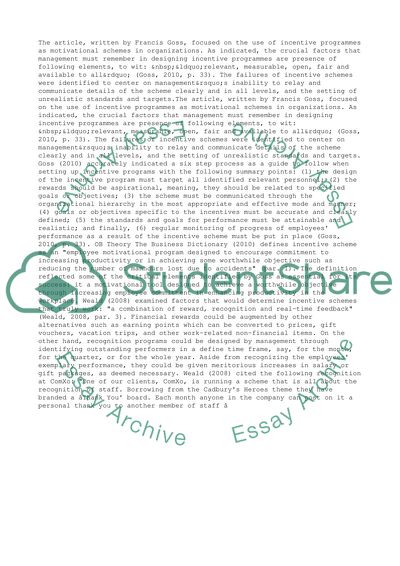Cite this document
(“The Importance of Motivation Book Report/Review”, n.d.)
Retrieved from https://studentshare.org/management/1405846-how-important-the-motivation-is
Retrieved from https://studentshare.org/management/1405846-how-important-the-motivation-is
(The Importance of Motivation Book Report/Review)
https://studentshare.org/management/1405846-how-important-the-motivation-is.
https://studentshare.org/management/1405846-how-important-the-motivation-is.
“The Importance of Motivation Book Report/Review”, n.d. https://studentshare.org/management/1405846-how-important-the-motivation-is.


